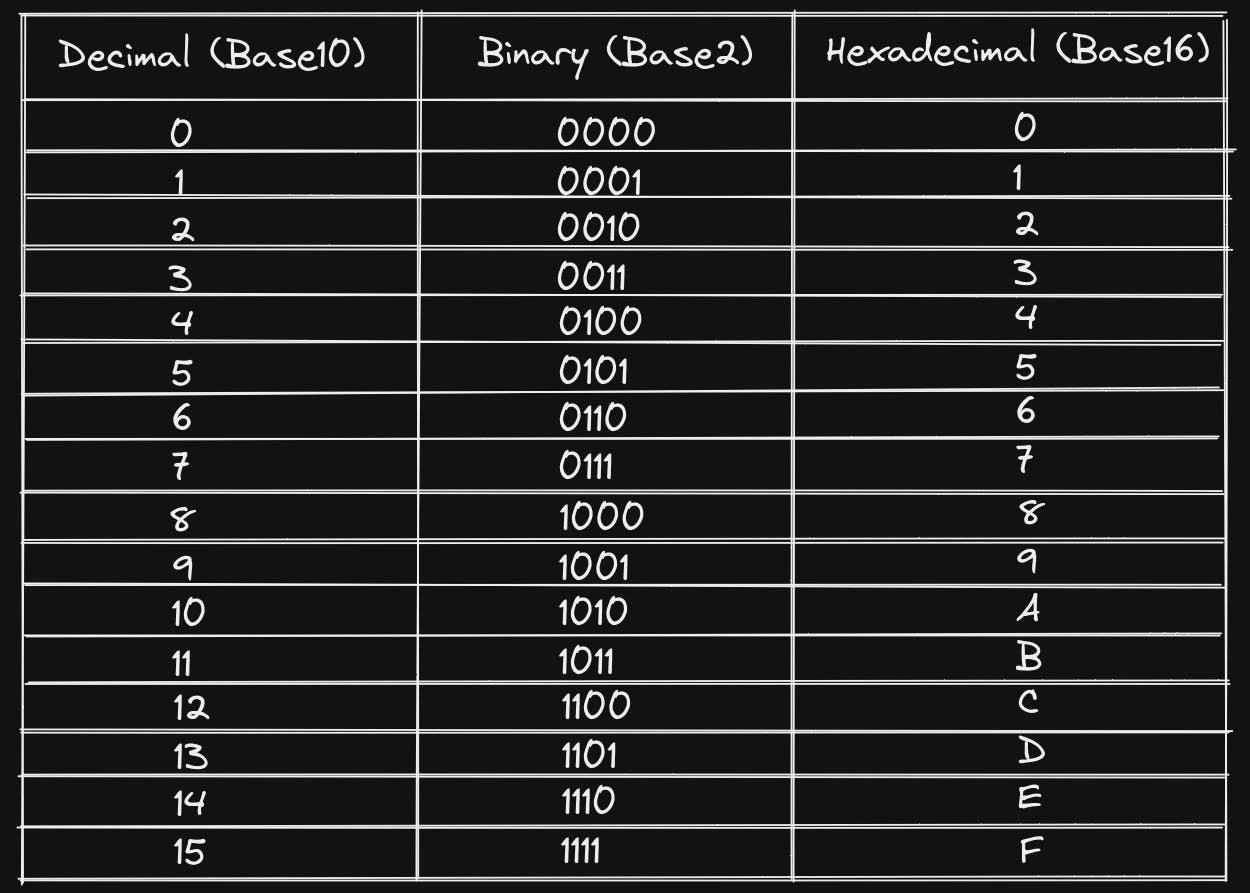Binary and Hexidecimal
Simply Binary and Hexidecimal are different numbering systems. The numbering system we use in everyday life and math is base 10. 10 due to having the digits 0-9. There no innate reason to use base 10, we probably choose it as we have 10 fingers to count and the success of the Hindu-Arabic numeral system.
Binary is base 2 while Hexidecimal is base 16. Binary uses the digits 0-1. Since we don't have more digits than 0-9 we substitute the letters A-F (case insensitive) in place of 11-15.

Computers use binary as there is less chance of misreading electrical interference in a 2-state system. The higher the base use the higher chance there is a misreading. Trinary computers use base 3 and have trits instead of bits. However, all common modern computers are binary-based.
Computers thus can use both binary and Hexadecimal. Since Hexadecimal is easily converted to Binary and back as 4 digits of binary can represent 1 digit of hexadecimal. A Hexadecimal is often used because a larger number can be represented with fewer digits. Most uses of Hexidecimal are to make computer numbers more human-readable.
The uses of Hexidecimal include MAC addresses, IPv6 addresses, Memory Addresses and some Colour Formats.